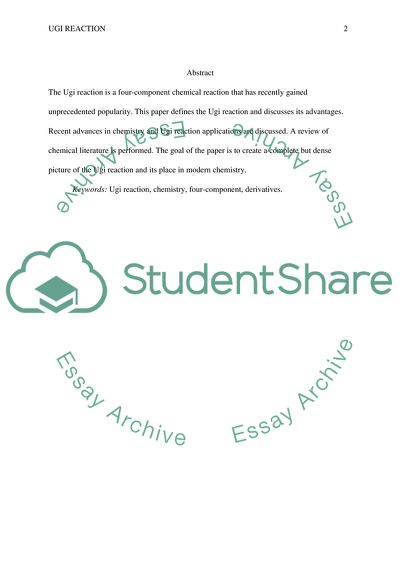Cite this document
(Ugi Reaction Literature review Example | Topics and Well Written Essays - 1500 words - 1, n.d.)
Ugi Reaction Literature review Example | Topics and Well Written Essays - 1500 words - 1. https://studentshare.org/chemistry/1754354-ugi-reaction
Ugi Reaction Literature review Example | Topics and Well Written Essays - 1500 words - 1. https://studentshare.org/chemistry/1754354-ugi-reaction
(Ugi Reaction Literature Review Example | Topics and Well Written Essays - 1500 Words - 1)
Ugi Reaction Literature Review Example | Topics and Well Written Essays - 1500 Words - 1. https://studentshare.org/chemistry/1754354-ugi-reaction.
Ugi Reaction Literature Review Example | Topics and Well Written Essays - 1500 Words - 1. https://studentshare.org/chemistry/1754354-ugi-reaction.
“Ugi Reaction Literature Review Example | Topics and Well Written Essays - 1500 Words - 1”. https://studentshare.org/chemistry/1754354-ugi-reaction.


